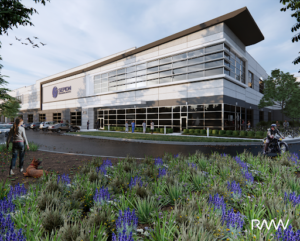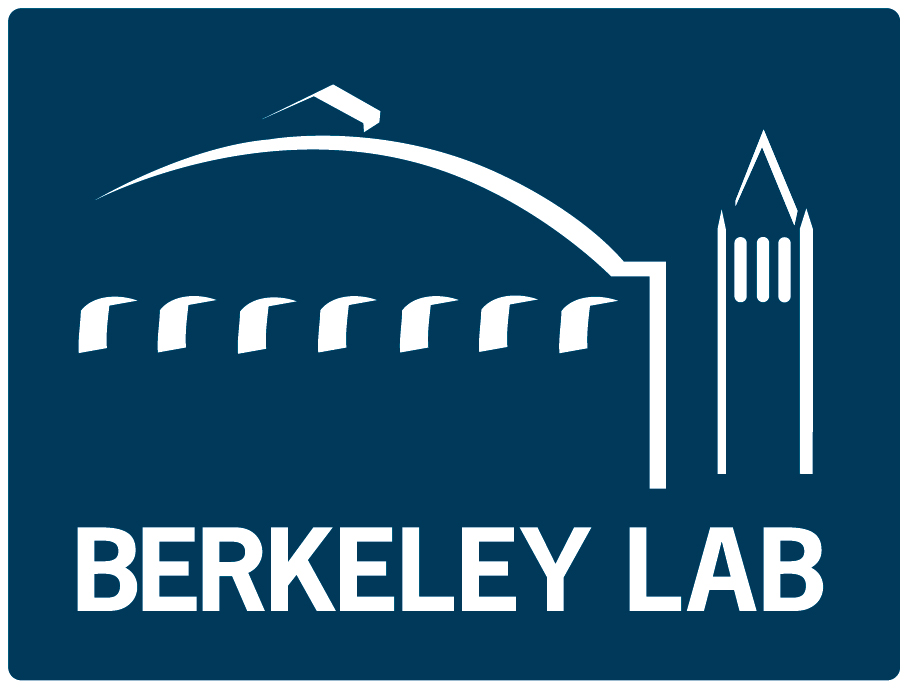Berkeley Lab Startup Opened an Operational Prototype Facility in 2023 and has Announced Plans for a New Manufacturing Facility in Sacramento, Ca.
Problem
According to a recent McKinsey report, by 2030 the North American demand for battery separators will far outstrip domestic production, with 4.3 billion square meters of supply, less than half of expected demand of 10.2 billion square meters, thus making the region heavily reliant on imports. Low-cost, high performing separators are a critical component in the battery supply chain, and advancements in separator technology can drive significant improvements in battery performance, safety, and lifespan.
Solution
In 2015, Berkeley Lab scientists at the Molecular Foundry and the DOE’s Joint Center for Energy Storage Research, led by staff scientist Brett Helms and project scientist Peter Frischmann, came up with an innovation that centered on the battery membrane, which separates the anode from the cathode. The scientists created a nanoporous scale membrane known as a PIM (polymer of intrinsic microporosity), which allows charge-carrying ions to move from one side of the battery to the other while blocking polysulfide ions thought to exacerbate dendrite formation in lithium–sulfur batteries. The technology also proved to change the morphology of the plated lithium metal, notably by suppressing the nucleation of dendrites, thus extending battery-cycle life while lowering the risk of fires caused by short circuits. As a bonus, the new technology was also cheaper and more powerful than alternative membranes: the PIM can cost one to two orders of magnitude less than ceramic and other types of membranes per unit area, and also permitted higher power.
In short, the technology worked. But was there a market for it?
The team – Frischmann, Helms, and Michel Fouré, the program manager for the Lab’s Batteries for Advanced Transportation Technologies (BATT) Program – first tested the waters by participating in the NSF Innovation Corps training program for entrepreneurs. The team’s initial plan to use the PIM for lithium–sulfur batteries took a turn when Li-ion battery manufacturers indicated they were unlikely to switch out their infrastructure for Li–sulfur. As a result, the team pivoted towards Li-metal batteries.

The I-Corps experience encouraged the team to create a startup to commercialize the technology. Frischmann and Helms established Sepion Technologies in 2015, with Frischmann as CEO and Helms as Chief Science Officer. In 2016, Frischman applied to Cyclotron Road, Berkeley Lab’s DOE-funded LEEP node, for a two-year incubation program, which proved to be invaluable as the company continued to develop the technology for the market and seek the right business model for scaling. By 2022, the team concluded that building a battery company would be much more capital intensive and less likely to be successful. They decided to focus on becoming a dominant membrane materials supplier by selling either the polymer to separator manufacturers as channel partners in the battery ecosystem, or polymer-coated separators to battery cell manufacturers.
The startup, with its innovative technology, scientific talent, and increasing business savvy, attracted funding as it grew. Sepion received a $150,000 SBIR/STTR grant in 2016, followed by another $1,000,000 grant in 2017 (the second grant included Argonne National Lab) to develop a prototype of their advanced polymer separator technology for lithium batteries. In partnership with 24M, Sepion also received a $3.5 million ARPA-E IONICS grant in 2016 to develop the technology. The company also closed a Series A $16 million funding round in 2021 and received a $9 million ARPA SCALEUP award in 2022.

Impact
In addition to funding, the startup has also received industry recognition. Chemical and Engineering News (C&EN) recognized Sepion among its Top Ten Startups to Watch in 2022, and NREL’s Industry Growth Forum named Sepion the “Best Commercialization Venture” in 2025.
Today, Sepion has 28 employees based in Alameda, Ca. The company operates a 25,000 square-foot (2500 square-meter) prototype/pilot facility in Alameda, CA, with a maximum annualized capacity of up to 500,000 square meters of coated separator and 1 MWh of prototype cells. This is one of North America’s largest separator coating facilities for lithium metal as well as lithium-ion batteries.
In October 2024, Sepion Technologies announced plans to build a cutting-edge lithium-ion battery separator manufacturing facility in the heart of West Sacramento. Backed by a $17.5 million grant from CALSTART and the California Energy Commission’s “PowerForward: ZEV Battery Manufacturing Grant” program, the facility will address key supply chain gaps and bolster the domestic battery workforce. According to the company, the facility will initially produce 50 tons of its proprietary polymer and 50 million square meters of coated separator annually—enough to power 50,000 electric vehicles. The company plans to scale production significantly over subsequent years after start of production, with the goal of becoming a global leader in the separator market.

